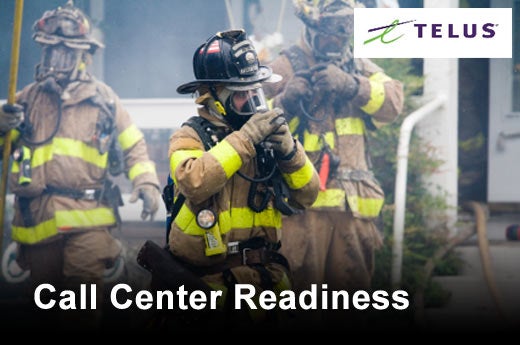For many businesses, contact centers are the lifeline to connecting with customers, and as a result, contact centers are becoming mission critical to managing corporate brand and reputation. But what if something goes wrong? Companies need to be prepared for a wide variety of events — from natural disasters to infrastructure failure to personnel-initiated disasters — that could impact customer service.
Many businesses are beginning to partner with specialized contact centers to help them provide mission-critical customer service. In addition to the normal day-to-day workflow, outsourcing can help a business survive a natural disaster or business disruption as part of its business continuity planning.
From an IT management perspective, these services can prove essential when a disaster strikes. According to Gartner, IDC and Forrester, IT organizations stand to lose between $84,000 and $108,000 for every hour of IT systems downtime. Outsourced contact centers, therefore, become a lifeline to connecting customers to the organization in a seamless manner.
It is essential, however, to work with a provider that has robust, always evolving disaster recovery/business continuity plans in place that are tested on a regular basis. Telus International has compiled a list of what you should look for when considering a contact center outsourcing provider.
Click through for a list of what you should look for in a contact center outsourcing provider, as identified by Telus International.
A provider should locate call centers with disaster recovery/business continuity in mind, e.g., locations with low incidence of natural disasters or in metro areas for improved infrastructure robustness and labor access.
A provider’s disaster recovery/business continuity plans should address physical infrastructure, technology and human resource issues.
A provider should have a proven track record of success for dealing with disasters.
A provider should have highly redundant, self-healing networks.
A provider should provide a contractual uptime guarantee with a definition of what this actually measures.
A provider should maintain a geographically diverse infrastructure to re-route calls, if needed.
A provider should have an audit conducted by a globally recognized risk management firm.
A provider should comply with recognized organization guidelines like Disaster Recovery International.
A provider should be able to leverage relationships with local service providers for telecommunications, power, etc. in the affected area.












